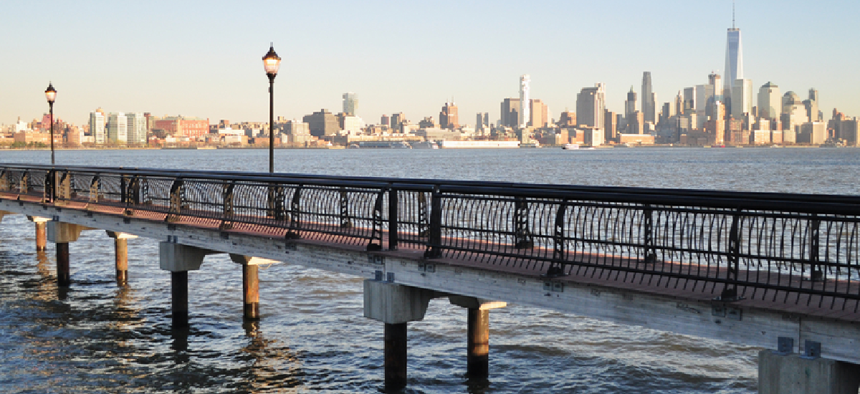AI to the rescue for infrastructure

Artificial intelligence can be enlisted for prosaic chores like monitoring infrastructure that can save governments time and money.
There’s sexy AI -- the kind of artificial intelligence that is being developed to fight wars, drive cars and explore space. And then there’s the other kind.
It may not grab headlines, but AI can do a host of more-prosaic chores that can save governments -- and, indirectly, all of us -- money by monitoring infrastructure.
Graduate students at the Stevens Institute of Technology in Hoboken, N.J., are developing intelligent robots to inspect underwater infrastructure, such as bridge foundations, less expensively and with less danger to humans.
To conduct an inspection, the robot must know its own location and be able to find the structure it's supposed to evaluate. Researchers have trained the robot with 200 images to help it autonomously detect, inspect, classify and map underwater infrastructure, whether that be bridge pilings or submerged pipes and cables. The robot also had to learn to ignore extraneous material in the environment. Machine learning algorithms are helping it build 3D maps from limited information and gradually improve its situational awareness, according to the institute.
Piers that were damaged in Hurricane Sandy might look sound from the surface, but “we might not know with perfect certainty what the health or appearance is of that pier,” Brendan Englot, professor of mechanical engineering, told NJTV. With the training the robot has had, “it would be able to go down, make its own decisions about how to explore the environment, and come back with a complete 3D map of the pier," he said. "Those are the kind of applications that we’re thinking about that could really be beneficial to New Jersey.”
Even less sexy, but potentially more valuable, is an AI technology being developed by researchers at the University of Waterloo in Canada that will monitor and analyze the flow of water through a municipal system to detect leaks.
According to the researchers, their software analyzes acoustic signatures captured by inexpensive hydrophone sensors that can be installed in existing fire hydrants without taking them out of service.
By pre-processing acoustic data to highlight sounds associated with leaks -- pipe bursts or freezing or pressure changes -- machine learning algorithms can be trained to recognize deviations from the norm and patterns that identify leaks among the other sounds in a municipal water distribution system.
"This passive monitoring system minimizes the need for human inspectors and allows for real-time detection of events as they develop," lead researcher Roya Cody, a civil engineering Ph.D. candidate at Waterloo, said in a video explaining the technology. Cities could "use their resources for maintenance and repairs much more effectively," she said. "They could be more proactive as opposed to reactive."
And the amount of water lost in many municipal water systems can be staggering. The Waterloo researcher said water systems in Canada lose an average of over 13 percent of water in transit. In the United States, according to the Alliance for Water Efficiency, as much as 5.9 billion gallons of clean water are lost each day -- enough to supply the 10 largest cities in the country.





